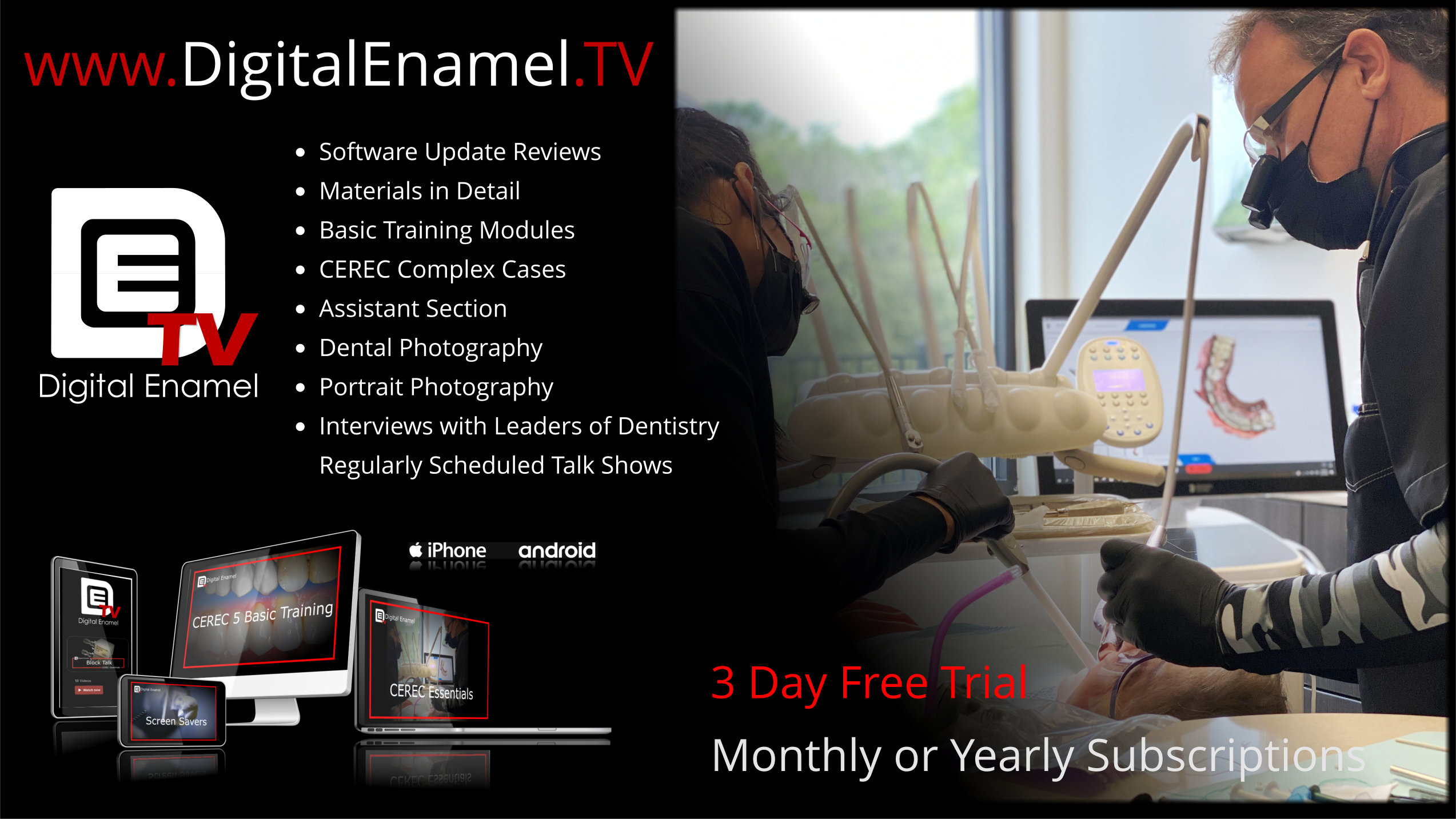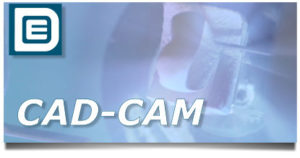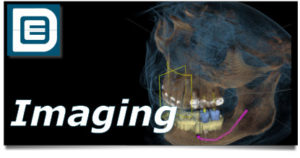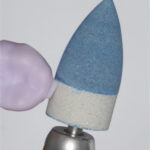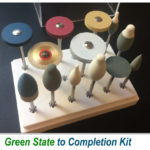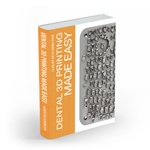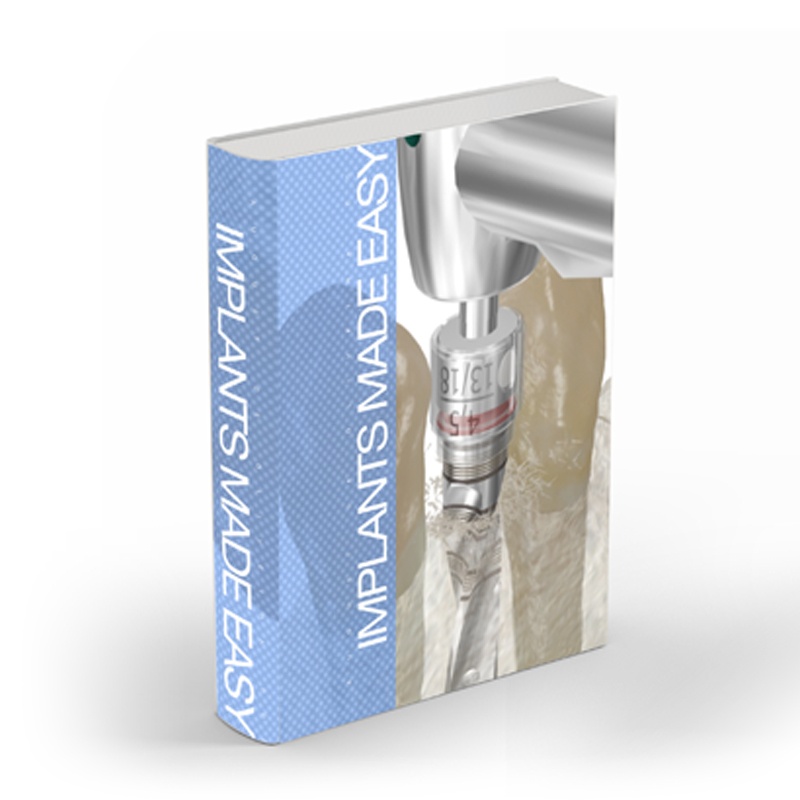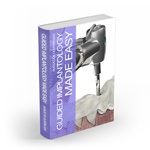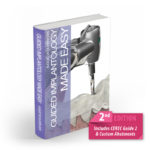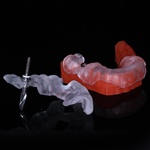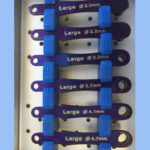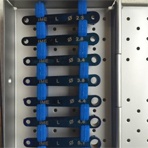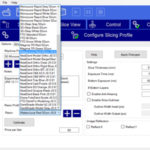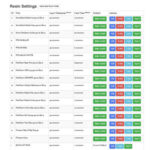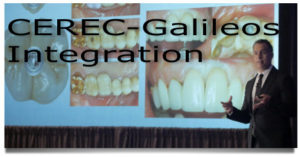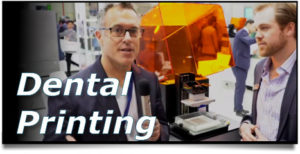In a lot of my lectures I go over a step by step process of opaquing out access holes in Emax screw retained crowns. And thats kinda cheating as we know that Emax is a nice translucent material that conducts light. But a PFM implant crown is a whole other animal as the access is completely blocked from any light transmission. Here is a step by step protocol to fill in access openings in screw retained crowns. Here is one of my first implant cases. We did two cemented crowns 0n abutments which kept packing food (yeah, yeah, I know..I suck) that we redid at no charge with splinted screw retained crowns using UCLA waxing sleeves. Why not Emax with inLab? Well screw retained options are not out yet, but the new release of inLab will have some crazy stuff! I ended up switching out the Nobel screws for Implant Direct Re-Plant screws as I just love the multi torque wrench and can’t function without it!
Ok so here are the steps: 60 seconds with Ivoclar Monobond Etch and Prime, Teflon Tape, bonding agent, Flow It ALC, Opaque Paste Composite. I love this new Monobond Etch and Prime. It etches porcelain and silinates all in one.
The next step is really important and thats laying down a base of teflon tape. First off this stuff is really opaque and really helps to block out the gray, its nice and hydrophobic as well as it doesn’t fray like sponges or cotton. After that use any ‘ol bonding agent.
I’ve tried a ton of flowable composites and I found that Flow it ALC by Pentron is the most opaque. Next use whatever opaque composite that you are used to. I have been using Point 4 since dental school, so I just use that. You can see how opaque that is.
Here is a “before and after” I didn’t use any stains as the crowns did not have stain, but you could if you wanted to. A lot of Docs don’t do screw retained as they feel that crowns and abutments are more esthetic, I think you can see that we can get some pretty decent esthetics even with PFMs!


